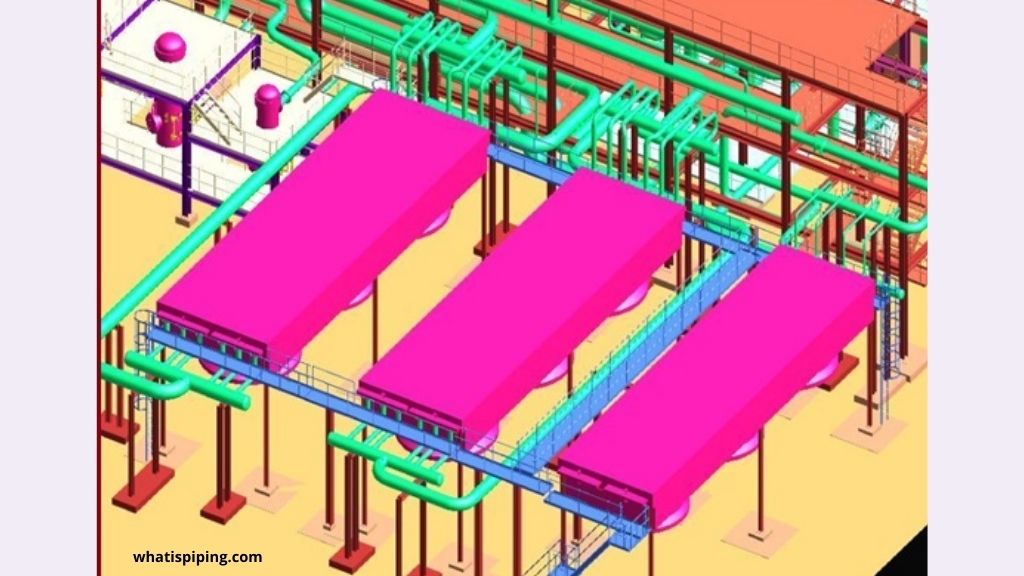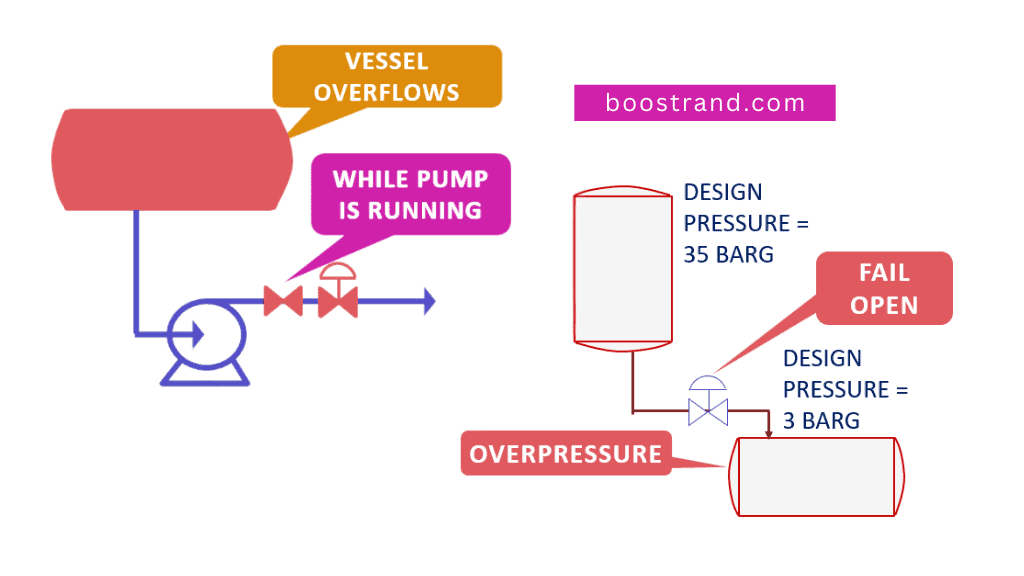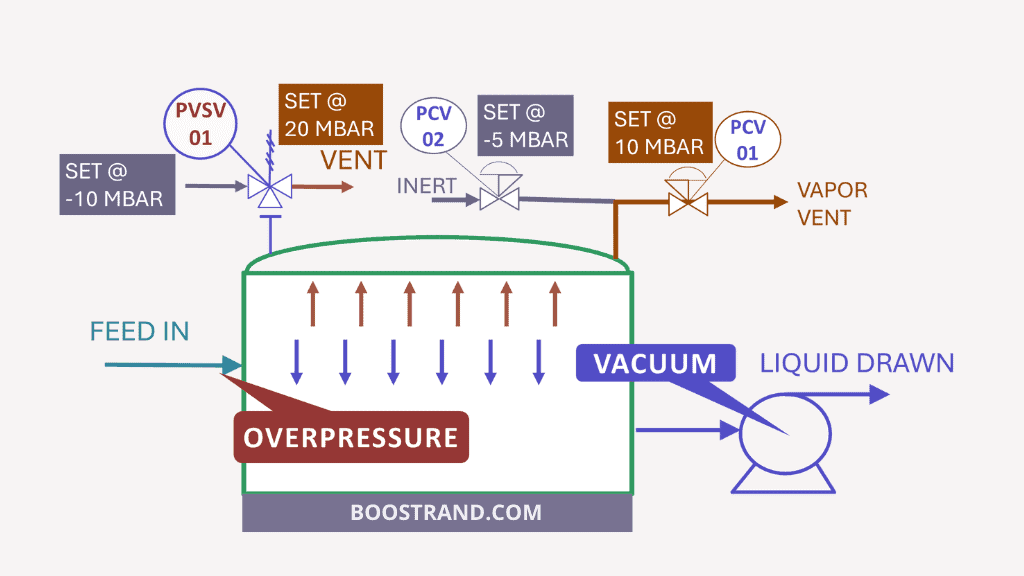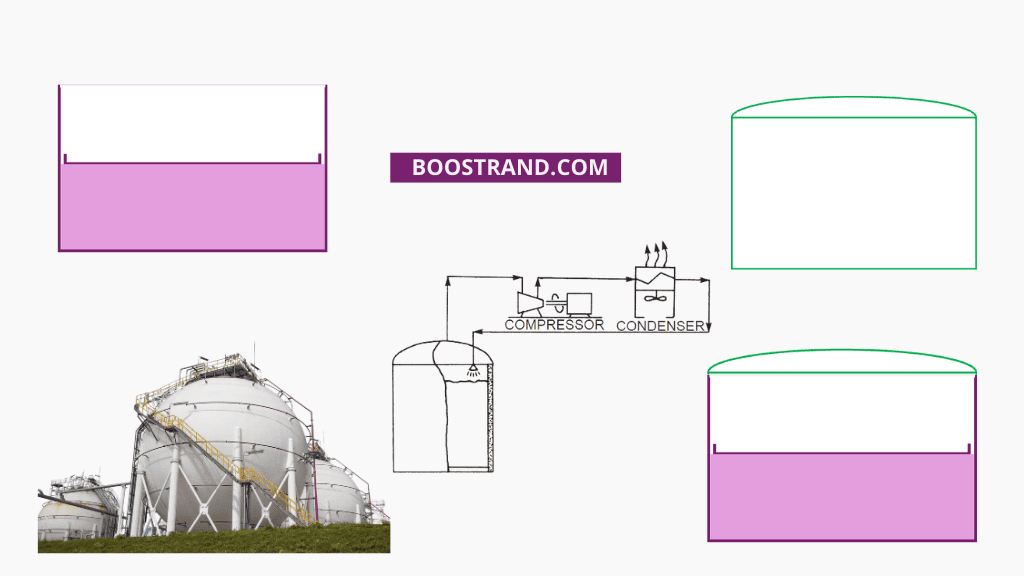So we have a fluid that we need to be cooled down? Which piece of equipment shall we use? Shall we use a heat exchanger which is in most cases a shell and tube exchanger, cooling with water or another fluid? Or shall we use an air-cooled heat exchanger, cooling with air fans? This depends on many factors. So to answer this question, let’s investigate them.
This video shows the content of the article. You can watch it or you can skip and continue reading below:
Coolant Availability
The first and most important factor is related to the fluid that shall be used to cool the hot fluid. In all cases, the air is available, and this is the main advantage of an air-cooled exchanger.
If we want to use water as the cold fluid, then there should be a cooling water system available in the plant. This means that for remote facilities, this option is not available.
However, if we have a cold fluid that is needed to be heated, then using a heat exchanger where this fluid shall cool down the hot fluid we need to heat would be a good choice.
So in the issue is related to availability, air cooled exchanger shall win in most cases.
But still, this is not the only factor that will let us decide.
Process Engineering Masterclass
Become a Professional Process Engineer, discover process engineering career, role, activities and common practices with access to most of the courses here.
Temperature approach
The temperature approach is related to the temperature difference between the hot and cold fluids. If the temperature approach is low, then this means that the driving force for heat transfer is low, which means that we need a higher heat transfer area. In our article Understand Thermal Design Aspects of Shell & Tube Heat Exchangers, we have talked about the concept of temperature approach and MTD and how they affect the thermal design of an exchanger, the same rules apply to the air coolers as well.
In general, and as cooling water is cooled by a cooling tower, the cooling water supply temperature will be less than the ambient temperature. This means that it can be introduced to the excahanger at a lower temperature than air. So if we have a plant where the air temperature is 30 C for example, the cooling water may be available at 25 C.
This means that in case of water, there will be more temperature approach, or in other words (MTD) or mean temperature difference. If we applied the heat transfer equation:

As we see, for a specific heat duty (Q) and heat transfer coefficient (U), we will need more heat transfer area (A) if we had less temperature difference (∆Tm). More heat transfer area means greater dimensions, which means more cost.
If we are cooling with another fluid, then it shall depend on its temperature, and we shall study the energy to be saved by eliminating the load on a cooling system or air cooler fans against the fixed cost related to the exchanger size.
So in case the temperature approach is a very critical factor, for example, if we are cooling fluid from 40 C to 30 C and we have air at 30 C and water at 25 C, a water cooler shall win.
However, if the fluid is to be cooled from 200 C to 100 C, then the temperature approach won’t be an effective factor in the equation above. In many cases, if there is a high heat duty, for example, the fluid is to be cooled from 200 C to 30 C, an air cooler is chosen to cool the fluid to a reasonable approach, for example from 200 C to 50 C, then a water cooler shall take the rest of the duty, from 50 C to 30 C.
This would be a nice optimization, having an air cooler with a reasonable size and not much cooling water is needed, which means less load on the cooling water system.
Process Engineering Masterclass
Become a Professional Process Engineer, discover process engineering career, role, activities and common practices with access to most of the courses here.
Plot Area
As a general rule, water and liquids, in general, have a much higher heat transfer coefficient (U in the previous equation) than air. If we recall the previous equation, a higher heat transfer coefficient would mean less heat transfer area if we are talking about a constant temperature approach.
But as we have explained above, the temperature approach is always a factor that is in favor of water coolers. This means that an air cooler required to cool a specific fluid to a specific temperature will always have a higher heat transfer area than a water cooler. That’s why the air-cooled exchangers have a higher fixed cost.
Having a greater heat transfer area will mean that we shall need to avail more area in the plant. This may be a constraint in many cases. However, there is a solution which is to install the air-cooled exchanger on the pipe rack, this can save the plant plot area.
Power Availability
Air-cooled exchangers use fans, and fans are driven by electric motors. So this means that an air-cooled exchanger will need power. However, although water coolers or exchangers are static equipment that doesn’t need power, we need the power to drive the cooling water or fluids through a pump. Pumps will usually need more power than an air-cooled exchanger.
So in general, air-cooled exchangers will win when we talk about energy or power consumption.

Conclusion
So as we have seen, there are many factors that would affect our decision to choose a shell and tube exchanger or an air-cooled exchanger.
From a fixed cost point of view, an air-cooled exchanger would cost more than a shell and tube heat exchanger. But it will mean more savings in the operating cost and less energy consumption. So if both options are available, optimization should be taken into consideration to choose the correct decision.
Start your Career
Access Process Engineering Introduction Course
Share this:
[…] creation of a PFD is typically based on the output of process simulation software. We have discussed plant simulation’s role in a project in the previous article. In a nutshell, process simulation involves using specialized software to model and analyze the […]


